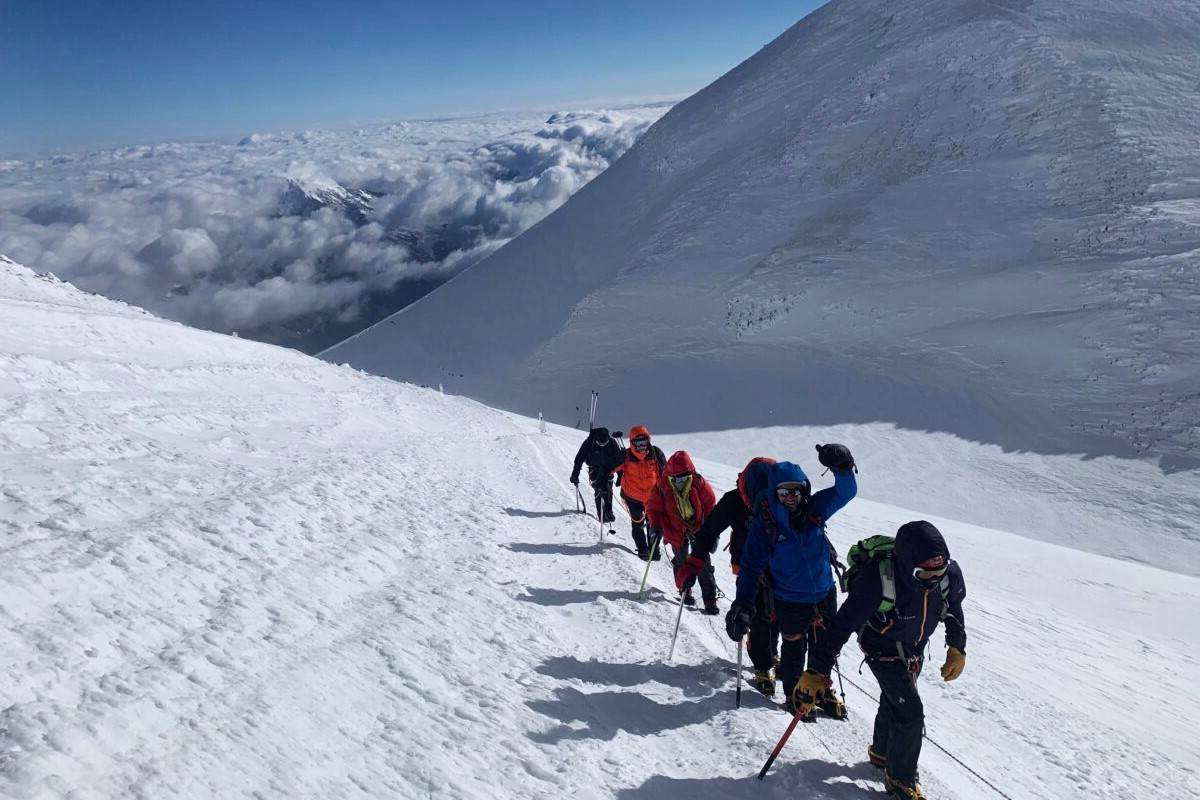Challenging The Summit Of Mount Elbrus

Have you ever dreamed of standing on the highest peak in Europe? Mount Elbrus offers that thrilling experience. Located in the Caucasus Mountains of Russia, this dormant volcano reaches an impressive 18,510 feet. Climbing Mount Elbrus isn't just for seasoned mountaineers; even beginners can take on this challenge with proper preparation. The journey to the summit provides breathtaking views, a sense of accomplishment, and memories to last a lifetime. Whether you're an adventure seeker or someone looking to push personal limits, Mount Elbrus promises an unforgettable adventure. Ready to lace up your boots and start climbing? Let's get into what you need to know.
Why Climb Mount Elbrus?
Mount Elbrus, the highest peak in Europe, stands at 5,642 meters. This dormant volcano in the Caucasus Mountains offers a thrilling challenge for climbers. Its breathtaking views and unique terrain make it a must-visit for adventurers.
Best Time to Climb
Choosing the right time to climb Mount Elbrus is crucial for a successful ascent. The best months are typically from June to September when the weather is more stable.
- June: Early summer brings milder temperatures and fewer crowds. Snow conditions are usually good, making it easier to navigate.
- July: This month offers the best weather with longer daylight hours. However, it can get crowded with climbers.
- August: Still a popular month with stable weather. The snow starts to melt, revealing more rocky terrain.
- September: Late summer sees fewer climbers and cooler temperatures. The weather can be unpredictable, but the views are stunning.
Essential Gear for the Climb
Proper gear ensures safety and comfort during the climb. Packing the right equipment can make a significant difference.
- Climbing Boots: Sturdy, insulated boots are essential for navigating snow and ice.
- Crampons: These metal spikes attach to your boots, providing traction on icy surfaces.
- Ice Axe: Useful for balance and self-arrest in case of a fall.
- Warm Clothing: Layered clothing, including thermal wear, a down jacket, and waterproof outer layers, keeps you warm.
- Backpack: A durable backpack to carry essentials like food, water, and extra clothing.
- Sunglasses and Sunscreen: Protects against the intense UV rays at high altitudes.
Training for the Ascent
Physical preparation is key to conquering Mount Elbrus. Building strength, endurance, and acclimatization skills will help you reach the summit.
- Cardio Workouts: Running, cycling, and swimming improve cardiovascular fitness.
- Strength Training: Focus on leg and core exercises to build muscle endurance.
- Hiking Practice: Regular hikes with a loaded backpack simulate climbing conditions.
- Altitude Training: Spend time at high altitudes to acclimate your body to lower oxygen levels.
Routes to the Summit
Mount Elbrus offers several routes, each with its own challenges and rewards. Choosing the right path depends on your experience and preferences.
- South Route: The most popular and accessible route. It has well-established camps and facilities.
- North Route: Less crowded and more challenging. It offers a more rugged and remote experience.
- West Route: Known for its technical difficulty. Suitable for experienced climbers seeking a tougher challenge.
- East Route: Rarely used and requires advanced mountaineering skills. It provides a unique and solitary adventure.
Safety Tips for Climbing
Safety should always be a top priority when climbing Mount Elbrus. Following these tips can help ensure a successful and safe ascent.
- Hire a Guide: Experienced guides provide valuable knowledge and support.
- Check Weather Forecasts: Always monitor weather conditions before and during the climb.
- Stay Hydrated: Drink plenty of water to prevent altitude sickness.
- Pace Yourself: Climb slowly to allow your body to acclimate.
- Know Your Limits: Be prepared to turn back if conditions become too dangerous.
Cultural Highlights Near Mount Elbrus
Exploring the region around Mount Elbrus offers a glimpse into the rich culture and history of the Caucasus.
- Nalchik: The capital of Kabardino-Balkaria, known for its beautiful parks and mineral springs.
- Pyatigorsk: Famous for its spa resorts and historical sites.
- Kislovodsk: A charming town with therapeutic mineral waters and scenic landscapes.
- Dombay: A picturesque mountain village popular for skiing and hiking.
Wildlife and Nature
The area surrounding Mount Elbrus is home to diverse wildlife and stunning natural beauty. Keep an eye out for these unique features.
- Caucasian Tur: A mountain goat native to the region.
- Eurasian Lynx: A rare and elusive predator.
- Golden Eagle: Majestic birds often seen soaring above the peaks.
- Alpine Meadows: Vibrant fields of wildflowers during the summer months.
Reaching New Heights
Climbing Mount Elbrus is an adventure that tests your limits and rewards you with breathtaking views. The journey to the summit is challenging but incredibly rewarding. From the preparation to the final ascent, every step is a story of perseverance and determination. The mountain's beauty and the sense of accomplishment make the effort worthwhile. Whether you're an experienced climber or a beginner, Mount Elbrus offers an unforgettable experience. Remember to respect the mountain, prepare thoroughly, and enjoy every moment of the climb. The memories you create here will last a lifetime. So, gear up, stay safe, and embrace the challenge. Reaching the top of Mount Elbrus is not just about the physical climb; it's about discovering your inner strength and resilience. Happy climbing!

